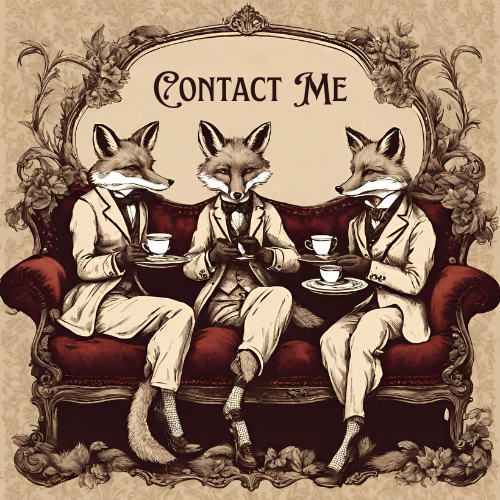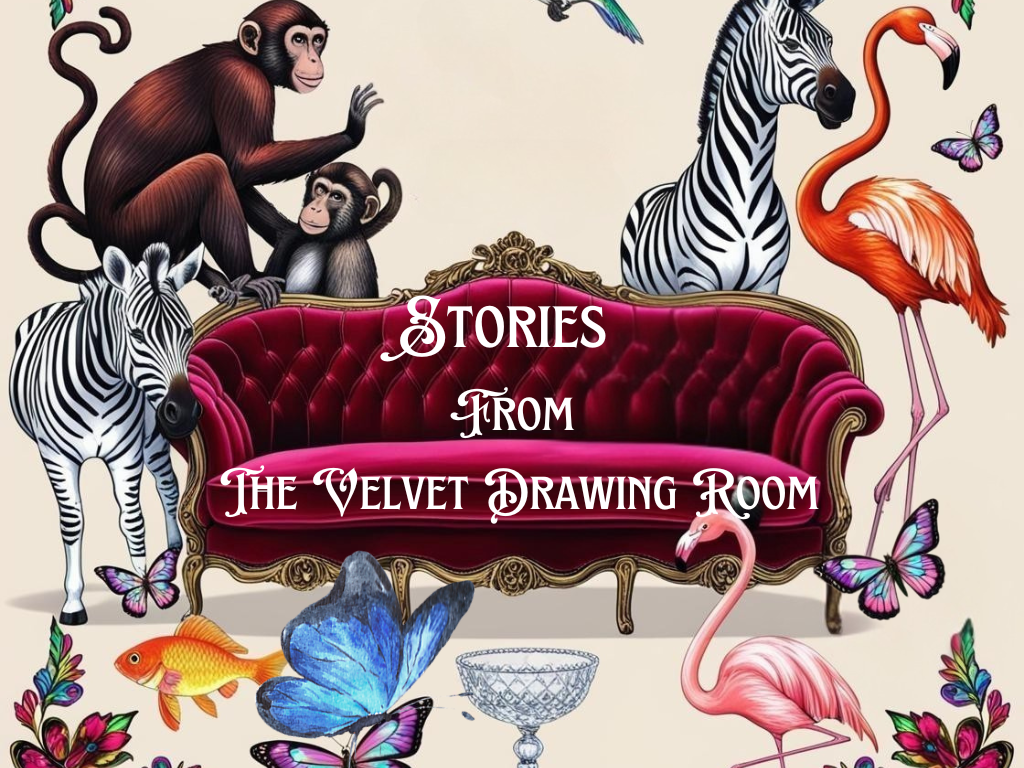HERMANN PLOUCQUET'S SENSATIONAL DISPLAYS
AT THE GREAT EXHIBITION 1851
HERMANN PLOUCQUET OF STUTTGART
STEALS THE SHOW
Hermann Ploucquet’s sensational displays and tableaux at the Great Exhibition 1851 stole the show with kittens taking tea, duelling Dormice and Reynard The Fox.
Hermann Ploucquet was a taxidermist at the Royal Museum in Stuttgart, Germany, and in 1851 joined a small group of taxidermists exhibiting at the Great Exhibition.
Within the German section of the Exhibition, his whimsical tableaux displays of kittens taking tea and Reynard the Fox were nothing short of sensational. They were so successful that a book was soon published called “The Comical Creatures of Wurtenburg”. (Viewing of the whole book is available further down on this page)
The composition and style of these displays was apparently greatly influenced by German artist Wilhem von Kaulbach’s illustrations for Goethe’s classic poem, Reineke Fuchs (Reynard the Fox).
Admiring crowds were never absent and in her diary, Queen Victoria described his displays as “really marvellous”.
In the official written review of this section of taxidermy at the exhibition it states that “Policemen have to be stationed to marshal the crowd……note the curious degree of skill and drollery displayed in these most amusing caricatures of natural history”
THE WHEREABOUTS OF THE TABLEAUX
According to Pat Morris, in his book entitled “Taxidermy and the Country House: Where natural history meets social history” (ISBN: 9781739716110)…..
One of Hermann Ploucquet’s tableaux depicting Reynard the Fox were bought by Lord Leigh in 1851 for £30 after the exhibition for display at his country house, Stoneleigh Abbey in Warwickshire.
It seems that the Reynard Tableaux were sold at auction again in 1981 but the auctioneer wrongly stated them as the work of Walter Potter.
When they later turned up in Norfolk in an antique shop, the dealer seemed to know nothing about them and said they were just models.
I wonder where they are now??
ILLUSTRATIONS OF THE TABLEAUX WERE PUT INTO A BOOK
The comical creatures from Wurtemberg


PRINTED 1851 VIEWING COURTESY OF THE INTERNET ARCHIVE
copyright free
Hermann Ploucquet’s “Comical Creatures”, for instance, could be transported home in a book of engravings for the price of three shillings and sixpence (Ploucquet 1851). The London Examiner, for one, saw this as a product with universal appeal: “To whom, young and old, will it not be welcome?” (London Examiner 1851). A modern marvel of human artisty and animal magnetism, the privileging of taxidermy at the Great Exhibition set the stage for its commercial application and inspired a nation of consumers to welcome it into the domestic interior as an object of fancy”.
Daguerreotypes were taken by Antoine Jean Francois Claudet (1797-1867) and engravings from these were made for the book “The Comical Creatures of Wurtenburg”. Five of these stories are original compositions, written to match the engravings. The sixth, The Story of Reynard the Fox is, according to the preface, an adaptation of a version of Reynard’s story first published in England some years before.
In the first selection, The Weasels of Holm-Wood, two pairs of star-crossed lovers – Dr. Ferret and Miss Weasel and Longtail Marten and Miss Pussy – manage to find their way to connubial bliss, despite the interference of the scheming father of Longtail Marten.
The Hare Hunt presents a brief fable about the evils of hunting for sport, as five hunters and four beaters (someone who drives game from its cover, for the huntsmen) slaughter a field of peaceful hares, and are punished by the Fairy of Kindness, who transforms them into martens and weasels.
The Duel of the Dormice sees two dormice brothers killing one another in a duel, after the younger’s actions, in eating all of their carefully stored provisions whilst his elder sibling was out, lead to a quarrel.
The Six Kittens follows the courtship of two young felines – part of the eponymous litter of six – Miss Rose with Ensign Squeaker of the Household Pigade and Miss Paulina with Marten Sable of the Forest.
The Frogs Who Would A-Wooing Go sees two rivals for the hand of Miss Leapfrog both meeting a grisly end, leaving that ranine heroine to carry on as best she can.
Finally, in The Story of Reynard the Fox, when complaints are made against that cunning vulpine figure in the court of the Lion King, a series of animals are sent to apprehend him, only for each to fall victim to his schemes. When eventually captured and sentenced to death, the irrepressible Reynard manages to talk his way out of trouble…
CREDIT FOR THE DESCRIPTION OF STORIES IN THE BOOK TO A.ADAMS
Discover more from thevelvetdrawingroom.co.uk
Subscribe to get the latest posts sent to your email.

























